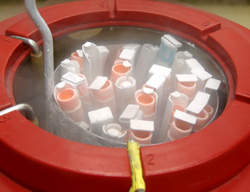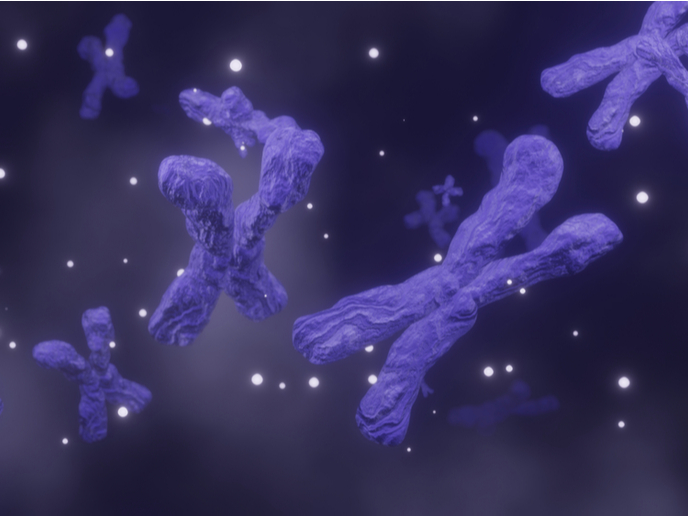Cryogenics gets the nod in structural biology studies
The 26S proteasome is a large mass of molecules made up of some 35 subunits. While the proteolytic core particle (CP) has been extensively researched, there is a lack of knowledge about the regulatory particle (RP). The EU-funded project 'Subunit localisation of the Drosophila 26S proteasome by means of 3D cryo electron microscopy' (26S Proteasome) set out to study the makeup of the RP's subunits. To do this, researchers used various techniques to label subunits, and map their position within the 26S proteasome by single particle cryo-electron microscopy (CEM). This is a powerful way of studying the complex's three-dimensional (3D) organisation. However, the resolution is still inadequate to fully outline and assign RP subunits. During the first phase of the project, three chromatographic steps were used to purify the 26S proteasome ahead of antibody labelling. One CP subunit and five RP subunits were successfully labelled. In the second phase, the 26S Proteasome project focused on localising the Rpn10 subunit, for which a new purification and labelling method had to be developed. The particular method provides means for one-step affinity purification, and the proteasomes are labelled with the help of the specific interaction partner. Project members used biochemical techniques to analyse the structural integrity, proteolytic activity and subunit reactions of the affinity-isolated and labelled proteasomes, which were then used to perform single particle CEM analysis. This gave researchers the means of mapping the attachment site of the nuclear-enriched protein Dsk2 on the 26S proteasome complexes and ultimately localising the Rpn10 subunit.







